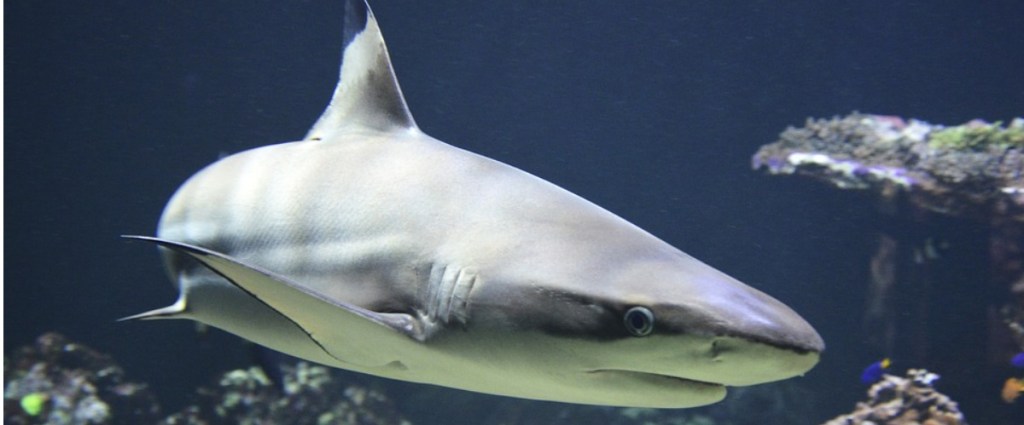While most people are afraid of sharks, humans also seem to have a strange fasciation with them – I mean, we look forward to an entire week of television about their antics, right?
If you’re a person who sets your DVR in advance, you’re going to be fascinated by what scientists are learning about shark gestation with the help of a new, underwater ultrasound machine.
First up, did you know some species of sharks have a left and right uterus? Neither did I. This is important because it means there can be a number of fetuses in each one.

Photo Credit: Pixabay
Second, did you know shark babies are called pups? If so, you’re one up on me. (Also, I’m missing a baby shark joke in here somewhere but I’m just not sure where…).
Oh well. Let’s proceed.
For a long time, mammalian gestation was thought to be largely sedentary, with movements limited to squirming, kicks, and the occasional roll. Though human mothers know it can often seem as if baby is doing full-on yoga in there, the truth is that most mammals don’t have the space to move all that much.

Photo Credit: Pixabay
Sharks, though, have now been observed swimming – quite quickly, too, at eight cm per second – between uteruses. The research was done on tawny nurse sharks at the Okinawa Churaumi Aquarium in Motobu, Japan, and the report contains some truly stunning results.
The embryos could be seen swapping sides multiple times, occasionally even passing each other on the back and forth. While scientists have known for some time that shark fetuses dine on their unborn siblings (or even surplus eggs), the knowledge that they can and do eat the ones tucked apparently-not-so-safely away in a different uterus is pretty amazing.

Photo Credit: Pixabay
“It seems likely that in this mode of reproduction, the active swimming ability of the embryo may allow it to effectively search and capture nutritive eggs in the uterine environment,” the research concluded.
And the mother who started out with four pups – two in each uterus? In the end, she only gave birth to one.
It’s nature’s version of the Hunger Games, I guess, and to the victor belong the spoils.
Talk about sibling rivalry. Yikes.






